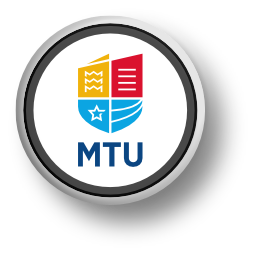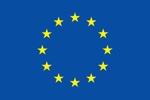Generation and detection of photo-thermal and photo-acoustic waves in solids for advanced near-field IR imaging
This project will combine the OPTAPHI key technologies (photoacoustics, integrated photonics, infrared spectroscopy) to enable the next generation of nanoscale molecular imaging techniques. The project will design a new kind of nanophotonics enhanced transducer for near-field IR imaging based on photothermal expansion using an atomic force microscope (AFM) coupled to a pulsed tunable mid-IR laser. The devices will be fabricated using the cleanroom facilities at MTU and the Tyndall National Institute and characterised at TU-WIEN. In the AFM-IR scheme, the AFM generates nanoscale spatial information, while the sub-nanometer expansion of the sample after each laser pulse is proportional to local infrared absorption.
While the sensitivity of the transducer achieved via integrated photonic detection will be key for enabling spectroscopy at the monolayer or even single molecule level, the need for robustness of the transducer, and dynamic range and material choices compatible with AFM-IR imaging will make this a challenging design task. However, once achieved, the general purpose nature of the AFM-IR technique means the results of this project will have wide ranging impact, from molecular biology (e.g. single protein secondary structure analysis) to material science (2D materials and monolayers).
At TU-WIEN, the transducer will be integrated into an AFM-IR system, including real time data processing and optical interfacing. Collaborating with material scientists and biochemists, the novel transducer will be employed for highest sensitivity, high throughput analysis of micro-organisms, bio-nanomaterials and the next generation of energy materials.
This project will also seek to gain a deeper understanding of the process of the emergence and propagation of the photothermal and photoacoustical signal waves and use this knowledge for sensor optimisation. The details of the process by which photothermal and photoacoustic waves are generated and propagate is, surprisingly, not yet well understood in the literature. This understanding is crucial for further development of the technique. In this project we plan detailed mathematical studies on signal wave generation and propagation.
Expected Results
- Realisation of a nanophotonic transducer for AFM-IR
- Validation of the new tips on a Bruker NanoIR3s system with dedicated fast readout electronics
- Numerical modelling of thermal and acoustic waves
- Validation of the model using experiment
Timeline
* N.B. Secondments and timings shown are indicative only, and may be subject to change.

 Yide Zhang
Yide Zhang Technische Universität Wien
Technische Universität Wien Munster Technological University
Munster Technological University





